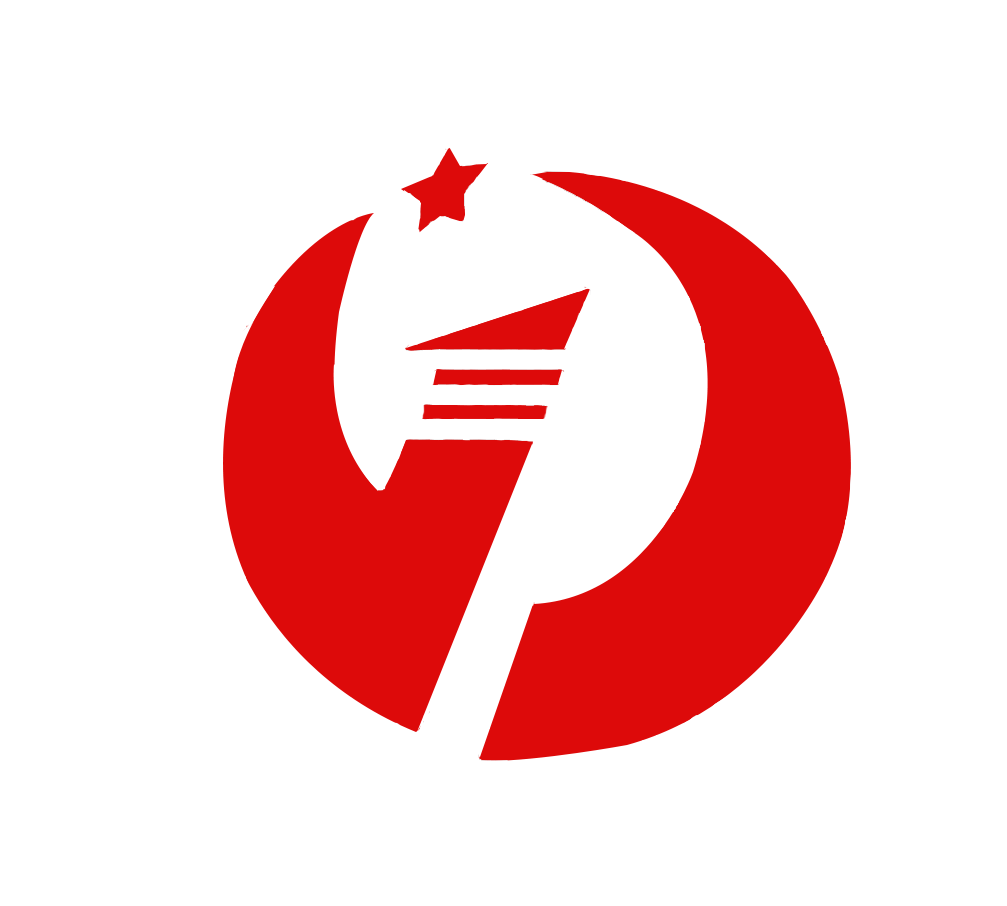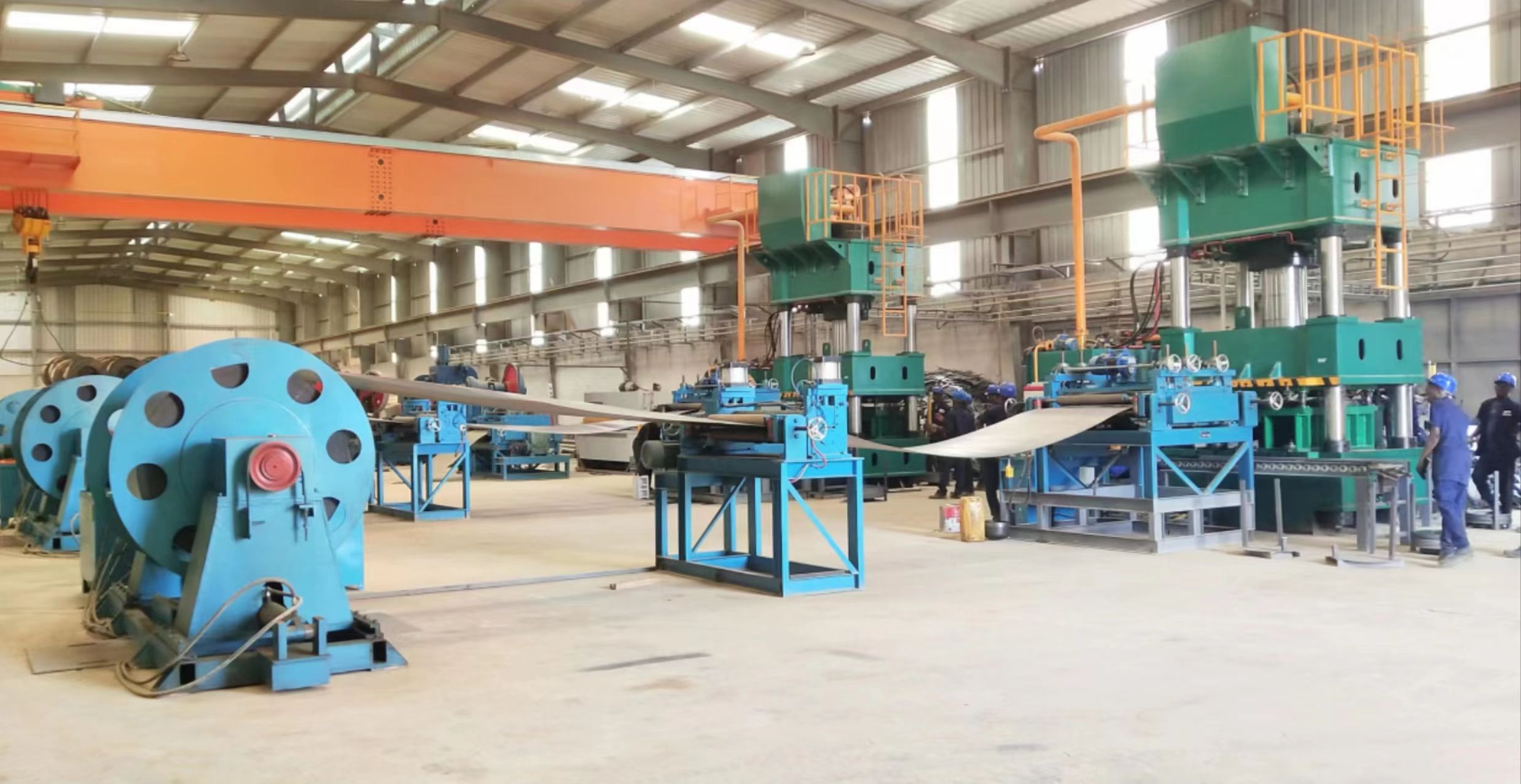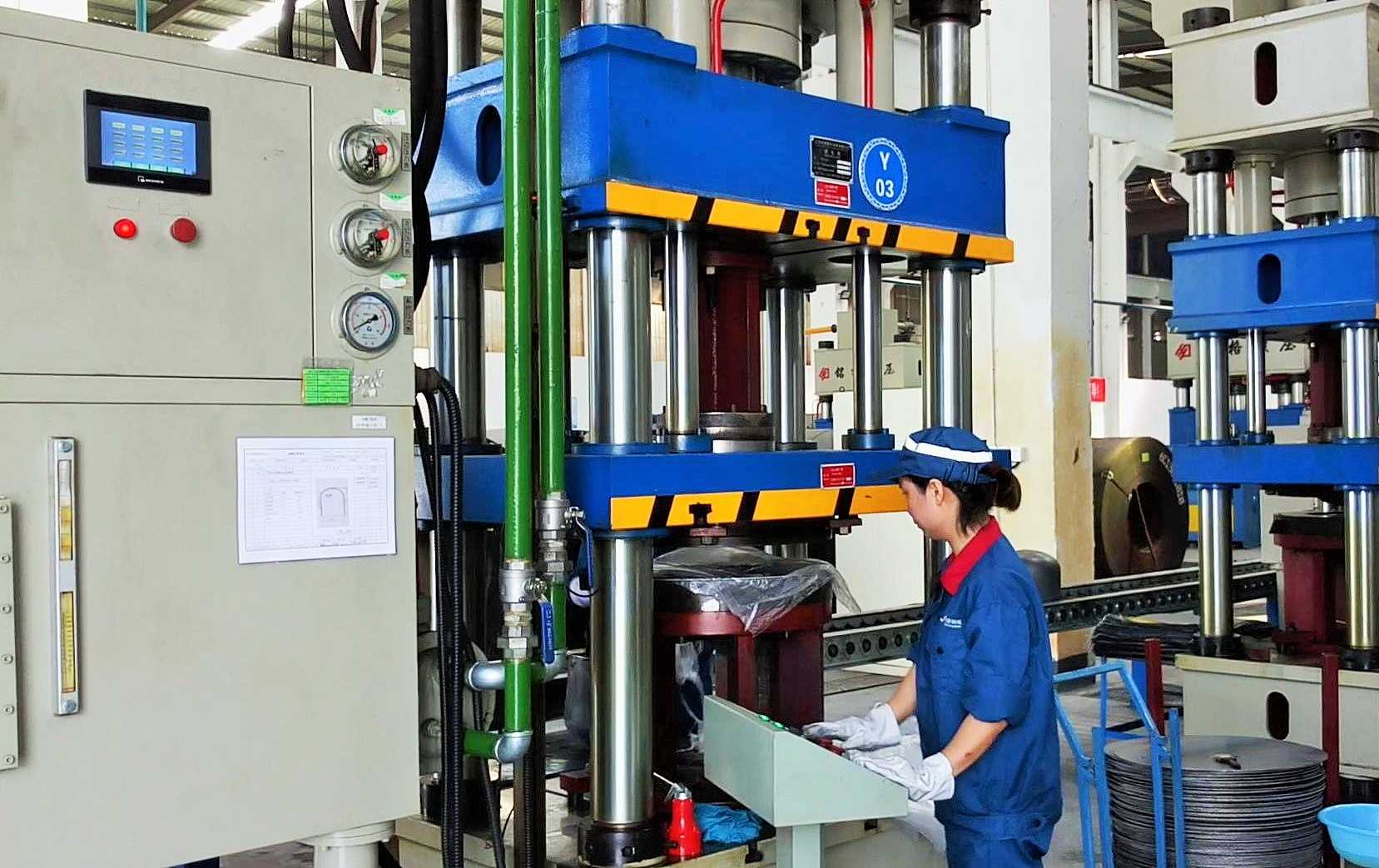In the fast-paced world of modern manufacturing, efficiency, and precision are paramount. One of the critical aspects of ensuring both is the use of highly specialized machinery tailored for specific tasks. A prime example of such machinery is the handle blanking production line. This sophisticated production line plays a vital role in various industries, offering unparalleled efficiency and precision. This article delves into the intricacies of the handle blanking production line, highlighting its components, operations, and the technological advancements that make it an indispensable asset in contemporary manufacturing.
Introduction to Handle Blanking Production Lines
Handle blanking production lines are designed to streamline the process of cutting and shaping steel coils into specific sizes required for further manufacturing. These lines are especially crucial in industries where precision and high-volume production are necessary, such as automotive, construction, and appliance manufacturing. The primary function of a handle (footring) blanking production line (decoiler straightener feeder) is to take coil material, uncoil it, straighten and feed it, and then cut it into the desired dimensions. This process ensures that the material is prepared accurately and efficiently for subsequent stages of production.
Components of the Handle Blanking Production Line
A handle (footring) blanking production line (decoiler straightener feeder) comprises several key components, each playing a crucial role in the overall process. The primary components include:
- Uncoiling System: The uncoiling system is the starting point of the production line. It holds and unwinds the steel coils, feeding the material into the line. This system must handle the coil’s weight and ensure smooth unwinding to prevent any material damage or deformation.
- Straightener-Feeder: Once the material is uncoiled, it passes through the straightener-feeder. This component serves a dual purpose: it straightens the material to eliminate any curvature or bends and then feeds it into the cutting system. The straightener feeder is critical for maintaining material integrity and ensuring precise feeding into the cutting mechanism.
- Cutting System: The cutting system is the heart of the handle (footring) blanking production line (decoiler straightener feeder). It cuts the straightened material into the required sizes. Advanced cutting systems are designed with high mechanical strength and operate smoothly, minimizing vibrations and ensuring clean cuts. The cutting process must be accurate and reliable to maintain consistency in the final product dimensions.
- Control System: The control system is the brain of the production line. Modern handle blanking lines utilize digital circuits, servo drives, and touchscreen interfaces for setup and operation. These technological advancements enable flexible and adjustable feeding lengths, allowing manufacturers to customize the cutting process according to specific requirements. The control system ensures precision, accuracy, and reliability throughout the production process.
Technological Advancements in Handle Blanking Production Lines
The handle (footring) blanking production line (decoiler straightener feeder) has seen significant technological advancements over the years. These advancements have enhanced the efficiency, precision, and versatility of the production process. Some of the key technological innovations include:
- Computer Optimization Design: Modern handle (footring) blanking production line (decoiler straightener feeder) is designed using computer optimization techniques. This approach ensures that the machinery has high mechanical strength and operates smoothly, minimizing wear and tear and reducing maintenance costs.
- Digital Control Systems: The integration of digital circuits and servo drives in the control systems has revolutionized handle (footring) blanking production line (decoiler straightener feeder)s. These systems offer precise control over the feeding length, speed, and cutting parameters. The touchscreen setup allows operators to easily adjust settings and monitor the production process in real-time.
- Servo Drive Technology: Servo drive technology is crucial for maintaining accuracy and consistency in the feeding and cutting processes. Servo drives provide precise control over the movement of the material, ensuring that each cut is made at the exact required position. This technology minimizes material wastage and enhances production efficiency.
- Touch Screen Interfaces: Touch screen interfaces have simplified the operation of handle blanking production lines. Operators can easily set up and adjust parameters using intuitive touch screen controls. This user-friendly interface reduces the learning curve and improves operational efficiency.
卷板开平落料线Handle-Footringblanking-production-line-Decoiler-straightener-feeder-300x160.jpg)
Benefits of Using Handle Blanking Production Lines
The adoption of handle (footring) blanking production line (decoiler straightener feeder)s offers numerous benefits to manufacturers, making them an invaluable asset in modern manufacturing environments. Some of the key benefits include:
- Increased Efficiency: Handle blanking production lines streamline the cutting process, reducing manual intervention and minimizing downtime. The automated systems ensure continuous production, increasing overall efficiency and output.
- Enhanced Precision: The use of advanced control systems and servo drives ensures that each cut is made with high precision and accuracy. This precision is crucial for maintaining consistency in product dimensions and meeting quality standards.
- Flexibility and Customization: The flexible and adjustable feeding lengths allow manufacturers to customize the cutting process according to specific requirements. This flexibility is essential for producing a wide range of products with varying dimensions.
- Reduced Material Wastage: The precise control over the cutting process minimizes material wastage, resulting in cost savings and more sustainable manufacturing practices. The optimization of material usage is particularly important in industries where raw material costs are high.
- Improved Safety: Handle blanking production lines are designed with safety features to protect operators from potential hazards. The automation of the process reduces the need for manual handling, minimizing the risk of accidents and injuries.
- Lower Maintenance Costs: The high mechanical strength and smooth operation of the machinery reduce wear and tear, resulting in lower maintenance costs. The use of computer optimization design further enhances the durability and reliability of the production line.
Applications of Handle Blanking Production Lines
Handle blanking production lines find applications in various industries where precision cutting and high-volume production are essential. Some of the key industries that benefit from these production lines include:
- Automotive Industry: In the automotive industry, handle (footring) blanking production line (decoiler straightener feeder)s are used to cut steel sheets for various components such as doors, hoods, and fenders. The precision and efficiency of these lines are crucial for maintaining the quality and consistency of automotive parts.
- Construction Industry: The construction industry relies on handle (footring) blanking production line (decoiler straightener feeder)s to cut steel sheets for structural components, roofing, and cladding. The ability to produce large quantities of accurately cut materials ensures timely project completion and cost-effectiveness.
- Appliance Manufacturing: In appliance manufacturing, handle (footring) blanking production line (decoiler straightener feeder)s are used to cut steel sheets for appliances such as refrigerators, washing machines, and ovens. The precision cutting ensures that the components fit perfectly, enhancing the overall quality and performance of the appliances.
- Metal Fabrication: Handle blanking production lines are also widely used in metal fabrication shops for cutting steel sheets into various shapes and sizes. The flexibility and customization options make them suitable for producing a wide range of products, from simple brackets to complex structural components.
Future Trends in Handle Blanking Production Lines
As technology continues to advance, handle (footring) blanking production line (decoiler straightener feeder)s are expected to evolve further, offering even greater efficiency, precision, and versatility. Some of the future trends in this field include:
- Integration with Industry 4.0: The integration of handle (footring) blanking production line (decoiler straightener feeder)s with Industry 4.0 technologies such as the Internet of Things (IoT) and data analytics will enhance real-time monitoring and predictive maintenance. This integration will further optimize production processes and reduce downtime.
- Advanced Automation: Future handle (footring) blanking production line (decoiler straightener feeder)s will feature even more advanced automation, reducing the need for manual intervention and increasing production speed. The use of robotics and artificial intelligence (AI) will enhance the efficiency and precision of the cutting process.
- Sustainable Manufacturing: There will be a growing focus on sustainable manufacturing practices, with handle (footring) blanking production line (decoiler straightener feeder)s incorporating energy-efficient technologies and processes. The optimization of material usage and reduction of waste will contribute to more environmentally friendly production.
- Customization and Personalization: The demand for customized and personalized products will drive the development of handle blanking production lines with enhanced flexibility and adaptability. Manufacturers will be able to produce small batches of customized products efficiently, meeting the evolving needs of consumers.
Conclusion
Handle blanking production lines are a cornerstone of modern manufacturing, offering unmatched efficiency, precision, and versatility. The integration of advanced technologies such as computer optimization design, digital control systems, and servo drives has revolutionized these production lines, making them indispensable in various industries. As technology continues to advance, the future of handle (footring) blanking production line (decoiler straightener feeder)s looks promising, with further enhancements in automation, sustainability, and customization. For manufacturers looking to stay competitive in the fast-paced world of modern manufacturing, investing in handle blanking production lines is a strategic decision that promises significant benefits and a strong return on investment.
In conclusion, the handle (footring) blanking production line (decoiler straightener feeder) is a marvel of modern engineering, combining advanced technology and meticulous design to deliver exceptional performance. Its ability to efficiently and accurately cut steel sheets into the desired dimensions makes it an invaluable asset in various industries. As we look to the future, the continued evolution of handle blanking production lines will undoubtedly drive further advancements in manufacturing efficiency, precision, and sustainability.




